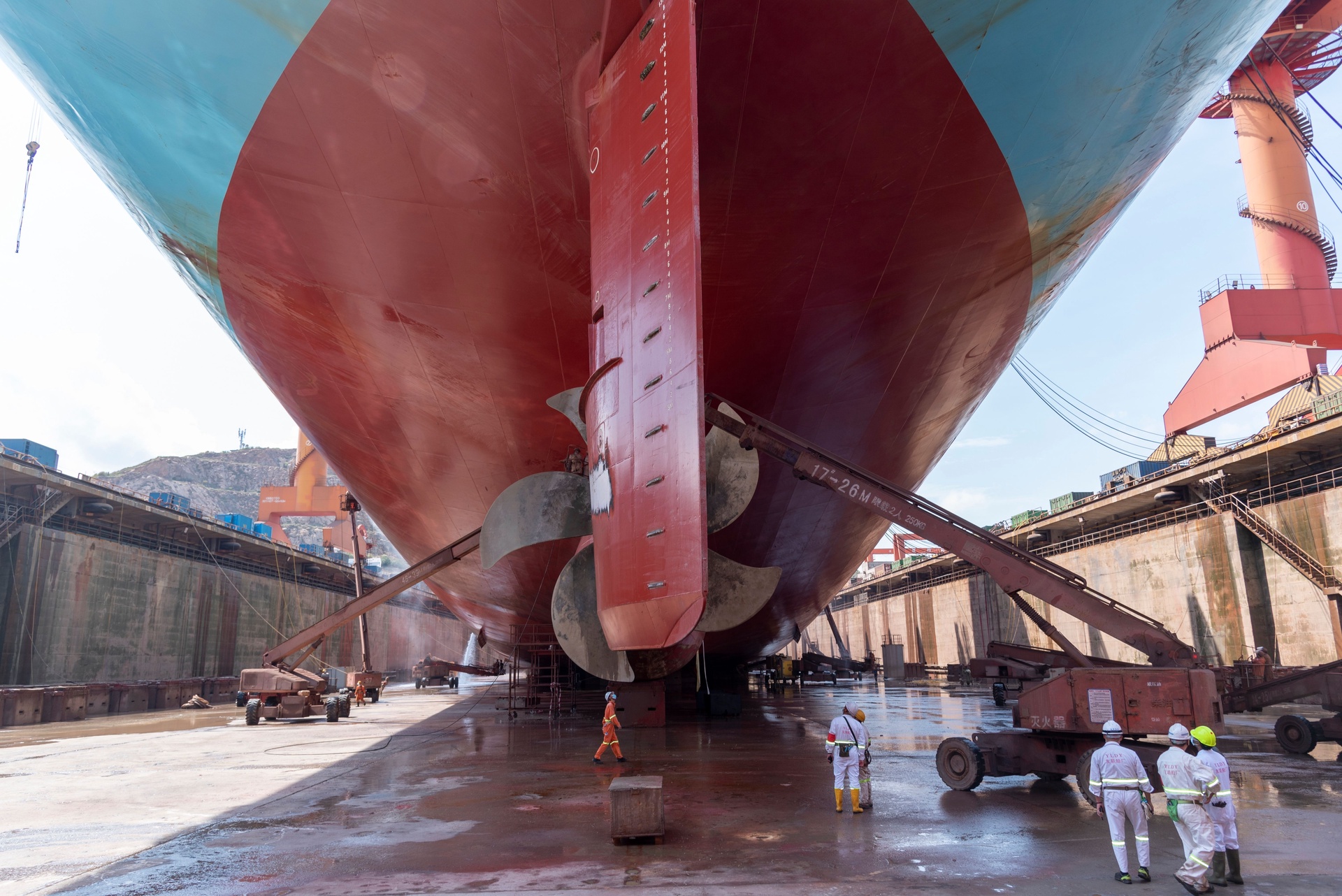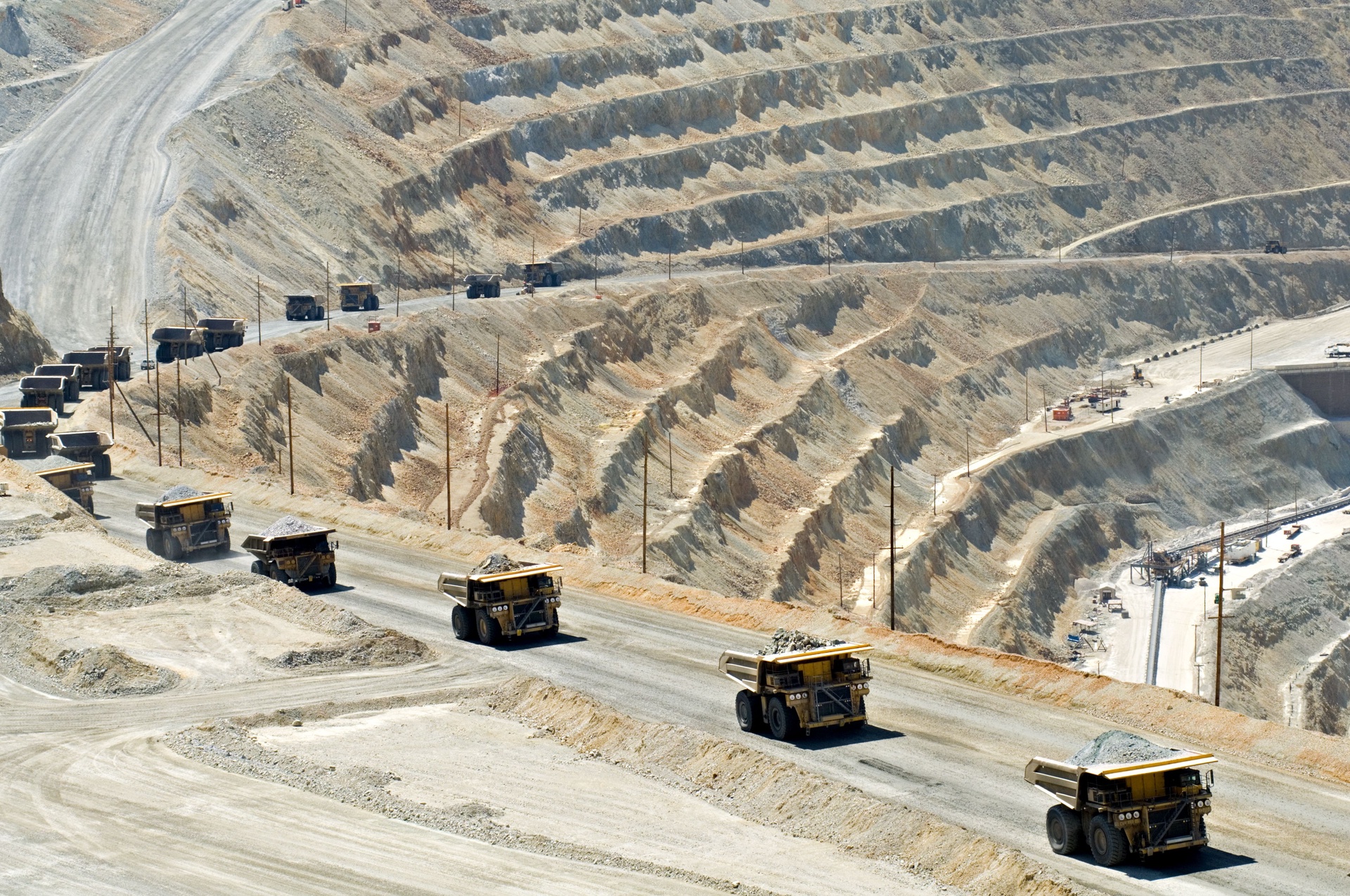JOBS, Jobs, Jobs – US President Donald Trump might finally have got his way, in a deal with Chinese companies for a trans-Alaska gas pipeline and LNG liquefaction plant – which could create up to 12,000 US jobs, according to the US State Department – plus an agreement between the state of West Virginia and China Energy Investment Corp.
Under the terms of an agreement signed by Alaska governor Bill Walker in the presence of President Xi Jinping and President Trump during his Asia tour, over the next year Sinopec, sovereign wealth fund China Investment Corp (CIC) and the Bank of China will work closely with the state government of Alaska to move the Alaska Gasline Development Corp (AGDC) project forward.
The State of Alaska set up AGDC back in 2010 to exploit the North Slope gas reserves, where production is eventually expected to average about 3.5 billion cubic feet per day. Alaska LNG will move natural gas from the North Slope via an 800-mile pipeline to south central Alaska, where it can be used domestically. There will also be a liquefaction plant to produce up to 20 million tonnes of LNG per year for export. Sinopec will buy some of the LNG, and will likely carry out some of the engineering work. CIC is likely to take an equity stake, while Bank of China will lead efforts to source debt.
In recent years, Alaska has been struggling to compete with low-cost shale gas explorers in the US. But, as many US financial institutions are focused on working with the shale gas producers, bringing in finance from China would be a major advantage. Total project cost could exceed US$40 billion. A final investment decision for Alaska LNG is expected in the first quarter of 2019. Construction would begin shortly afterwards, with first shipments expected in 2024 or 2025.
“This is an agreement that will provide Alaska with an economic boom comparable to the development of the Trans-Alaska Pipeline System in the 1970s,” said Alaska governor Walker. The US State Department has estimated that the project will create up to 12,000 jobs during construction.
Trump was accompanied in Beijing by a very large delegation of US business leaders, and a number of agreements were signed, which the two sides said could be worth up to US$250 billion. The single biggest deal involved a memorandum of understanding between the state of West Virginia and China Energy Investment Corp, the world’s largest power company. The terms of the agreement envisage China Investment Energy Corp investing US$83.7 billion over twenty years in shale gas, power and chemical projects in West Virginia. China Energy was formed from a merger of China Shenhua Group, the country’s largest coal producer, and China Guodian Corp, one of its top five utilities.
In another agreement, the State Administration of Foreign Exchange (SAFE) announced that the Silk Road Fund and General Electric unit GE Energy Financial Services have established a joint energy infrastructure investment platform.
“The two sides will make joint investment in infrastructure projects in the fields of power grid, new energy, and oil and gas, in countries and regions along the Belt and Road,” SAFE says. “The co-operation between the Silk Road Fund and GE will not only boost co-operation between high-end manufacturing companies from China and the US, but also promote economic development of the regions where their investment goes.”
Designed to finance the Belt and Road initiative, the Silk Road Fund was founded in December 2014 and is backed by SAFE, China Investment Corp, the Export-Import Bank of China and China Development Bank.
Trade was the big theme of President Trump's state visit, and he called for change regarding the chronic trade deficit that the US runs with China – and the entire region. In contrast, President Trump expressed little concern over the growing regional political influence of China via its Belt & Road initiative. Natural gas exports from the United States would be one way to reduce its trade deficit, and also create jobs, a major theme of Trump's 2016 election campaign.
For China, a long-term reliable source of LNG would help reduce reliance upon dirty coal-fired power plants. And LNG shipping routes from Alaska to China would give it an alternative to LNG carrier routes from the politically volatile Middle East region. There could also potentially be LNG sales to countries such as Japan, South Korea and Vietnam.
After President Trump's visit to Beijing, both he and President Xi travelled on to the Asia-Pacific Economic Co-operation conference, APEC Vietnam 2017, held this year in Da Nang. When the APEC Summit was over, Xi Jinping began an official state visit to Vietnam. In a signed article Xi wrote that China and Vietnam need to deepen cooperation and foster new prospects for their interconnected interests.
“We need to enhance the complementarity of our development strategies, promote the development of the Belt and Road and the Two Corridors, One Economic Belt, and work for substantive progress in our co-operation in key areas, including infrastructure, trade, industrial capacity, cross-border economic co-operation zones and agriculture, to deliver more benefits to people of our two countries,” Xi wrote.
The key to the Vietnamese government's Two Corridors, One Economic Belt plan is the construction of a network of roads and railways which will allow better integration of the Vietnamese and Chinese economies.









